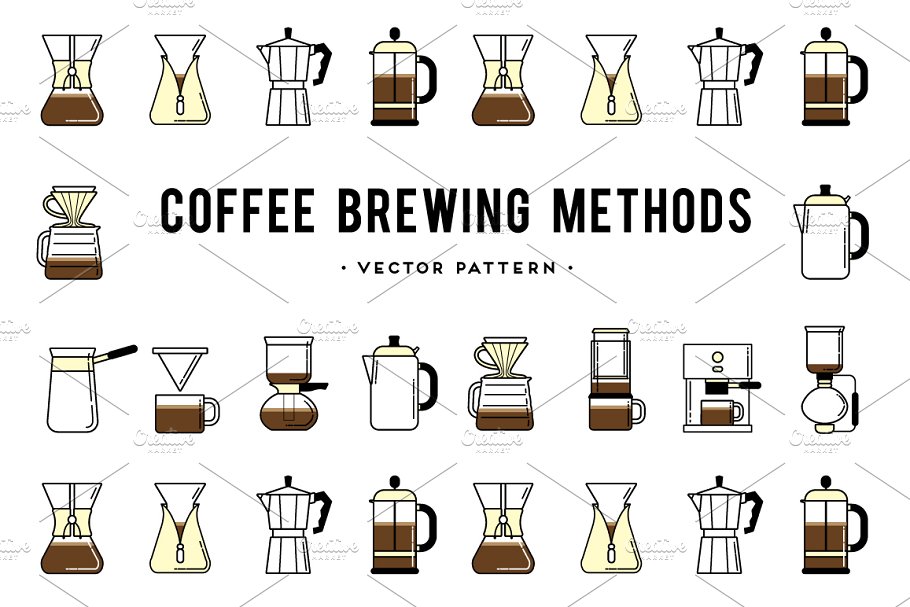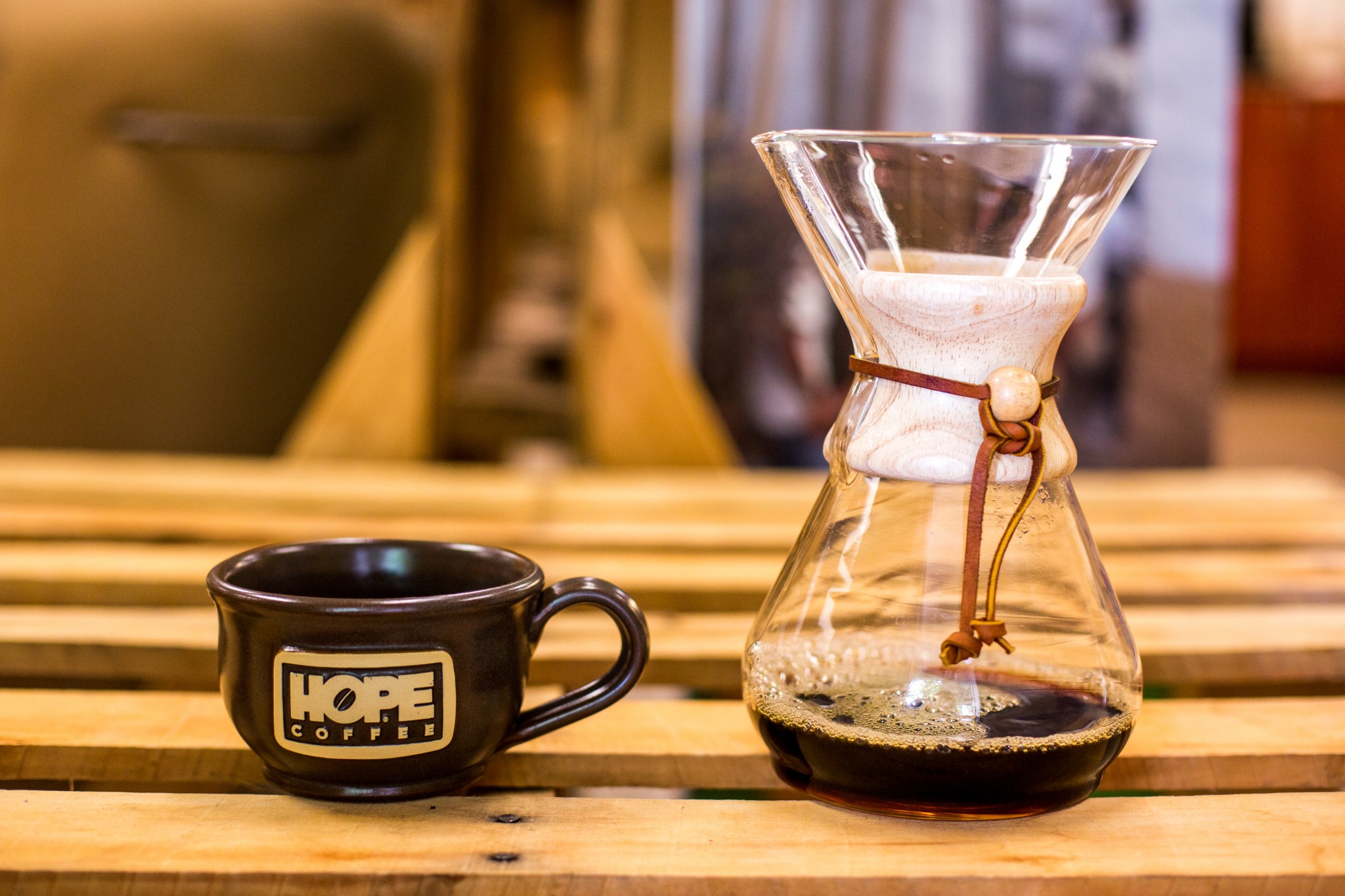Mastering Coffee Brewing Methods: Necessary Methods for every single Coffee Lover
Wiki Article
The Science Behind Coffee Brewing: Just How Temperature Level and Time Affect Your Beverage
Understanding the scientific research behind coffee developing discloses that temperature and time are not mere variables but critical components that dictate the beverage's taste account and overall high quality. As we check out the subtleties of these aspects, the concern develops: how can one successfully balance temperature and time to achieve that excellent brew?The Chemistry of Coffee Extraction
The chemistry of coffee removal delves into the detailed procedures that change raw coffee beans into the aromatic beverage taken pleasure in worldwide. This improvement mainly entails the solubility of numerous compounds present in the beans, which are influenced by factors such as grind size, water top quality, and the developing technique used.During the brewing procedure, warm water serves as a solvent, extracting soluble substances, including caffeine, sugars, acids, and lipids, from the coffee premises. Each substance adds to the taste account, scent, and body of the final drink. Acids are liable for intense and tasty notes, while oils add to a rich mouthfeel.
The initial stages of developing essence acids and sugars, leading to a positive level of acidity, while prolonged removal can lead to anger due to over-extraction of unfavorable compounds. Understanding these chemical interactions is crucial for maximizing brewing techniques, as the equilibrium in between removal time and water temperature level can dramatically affect the total high quality of the coffee.
Ideal Developing Temperatures
Finding the best brewing temperature is crucial for unlocking the complete possibility of coffee tastes and scents - coffee brewing methods. Study indicates that the optimal array for brewing coffee lies between 195 ° F to 205 ° F(90 ° C to 96 ° C) Within this range, the extraction process effectively dissolves the preferable soluble compounds in coffee beans, resulting in a delicious and well balanced cupBrewing at reduced temperatures, such as below 195 ° F(90 ° C ), might lead to under-extraction, generating a weak and acidic brew with soft tastes. Conversely, developing at temperatures exceeding 205 ° F(96 ° C) can cause over-extraction, producing a severe and bitter taste as a result of the excessive dissolution of unwanted compounds, such as tannins.
Moreover, the excellent developing temperature can vary depending upon the coffee bean type and roast level. For example, lighter roasts frequently take advantage of a little greater temperature levels to improve their complex taste accounts, while darker roasts might be much better matched to reduced temperature levels to alleviate resentment.
Eventually, preserving precision in developing temperature levels is essential for achieving an unified balance of flavors, making certain that every cup of coffee provides a rewarding sensory experience.
Effect of Developing Time
Developing time plays a pivotal role in figuring out the taste account and total top quality of coffee. Shorter brewing times can result in under-extraction, leading to a sour or weak taste, as not enough soluble compounds are liquified.Optimum brewing time varies relying on the method utilized and the grind size of the coffee. A French press normally calls for concerning 4 mins, while coffee extraction is generally finished within 25 to 30 seconds. It is necessary to adjust brewing time in conjunction with various other variables, such as water temperature and coffee-to-water ratio, to attain the preferred flavor profile.
Recognizing the effect of brewing time makes it possible for coffee enthusiasts to improve their developing techniques, ultimately boosting the sensory experience of their mug (coffee brewing methods). With cautious attention to original site this variable, one can unlock the complete potential of the coffee, disclosing its special characteristics and nuances
Developing Methods and Their Impacts

For instance, techniques like French press and chilly mixture enable a much longer steeping time, leading to a fuller body and durable taste due to enhanced removal of oils and soluble solids. Conversely, coffee brewing utilizes high pressure and a much shorter extraction time, producing a focused shot that emphasizes extreme tastes and a rich crema.
Pour-over methods, such as Chemex or V60, use an even more regulated extraction process, enabling the brewer to adjust circulation price and water distribution, which can improve brightness and clarity. Percolation techniques cycle water with the coffee grounds numerous content times, leading to a stronger, commonly bitter taste.
Last but not least, using paper filters versus metal filters can also affect the final taste; paper filters normally yield a cleaner cup by capturing oils and fine fragments, while metal filters enable even more oils to pass through, contributing to a fuller mouthfeel - coffee brewing methods. Recognizing these subtleties can elevate the check my reference coffee experience dramatically
Tips for Perfecting Your Brew
A well-executed brew can transform also the easiest coffee into a remarkable experience. Grind the beans just before brewing to take full advantage of quality, guaranteeing the work size matches your brewing method-- coarser for French press and finer for espresso.Water quality plays an important function; use filtered water devoid of impurities. The perfect developing temperature varies in between 195 ° F and 205 ° F(90 ° C to 96 ° C ) Too hot can scorch the coffee, while as well great might under-extract flavors.
Timing is similarly important. For immersion methods, soaking for 3 to 5 minutes is optimum, whereas drip approaches typically take about five minutes. Trying out mixture times to locate your preferred strength.

Conclusion
In summary, the elaborate connection in between temperature level and time is paramount in the coffee brewing procedure. Complying with optimal brewing temperatures in between 195 ° F and 205 ° F, alongside exact timing tailored per technique, makes certain the preferred taste profile is accomplished. Comprehending these clinical concepts encourages people to fine-tune their developing methods, inevitably causing a more balanced and delightful coffee experience. Proficiency of these factors is necessary for any type of coffee lover seeking excellence in their beverage.Recognizing the scientific research behind coffee brewing discloses that temperature level and time are not plain variables yet pivotal aspects that dictate the beverage's flavor account and general top quality. Understanding these chemical interactions is vital for maximizing brewing techniques, as the balance between extraction time and water temperature can considerably affect the total high quality of the coffee.Brewing time plays an essential function in determining the flavor profile and general quality of coffee. By concentrating on these elements-- bean quality, grind dimension, water temperature level, steeping time, and ratio-- you can boost your coffee brewing process, resulting in a constantly remarkable cup.
In summary, the complex connection in between temperature level and time is paramount in the coffee developing process.
Report this wiki page